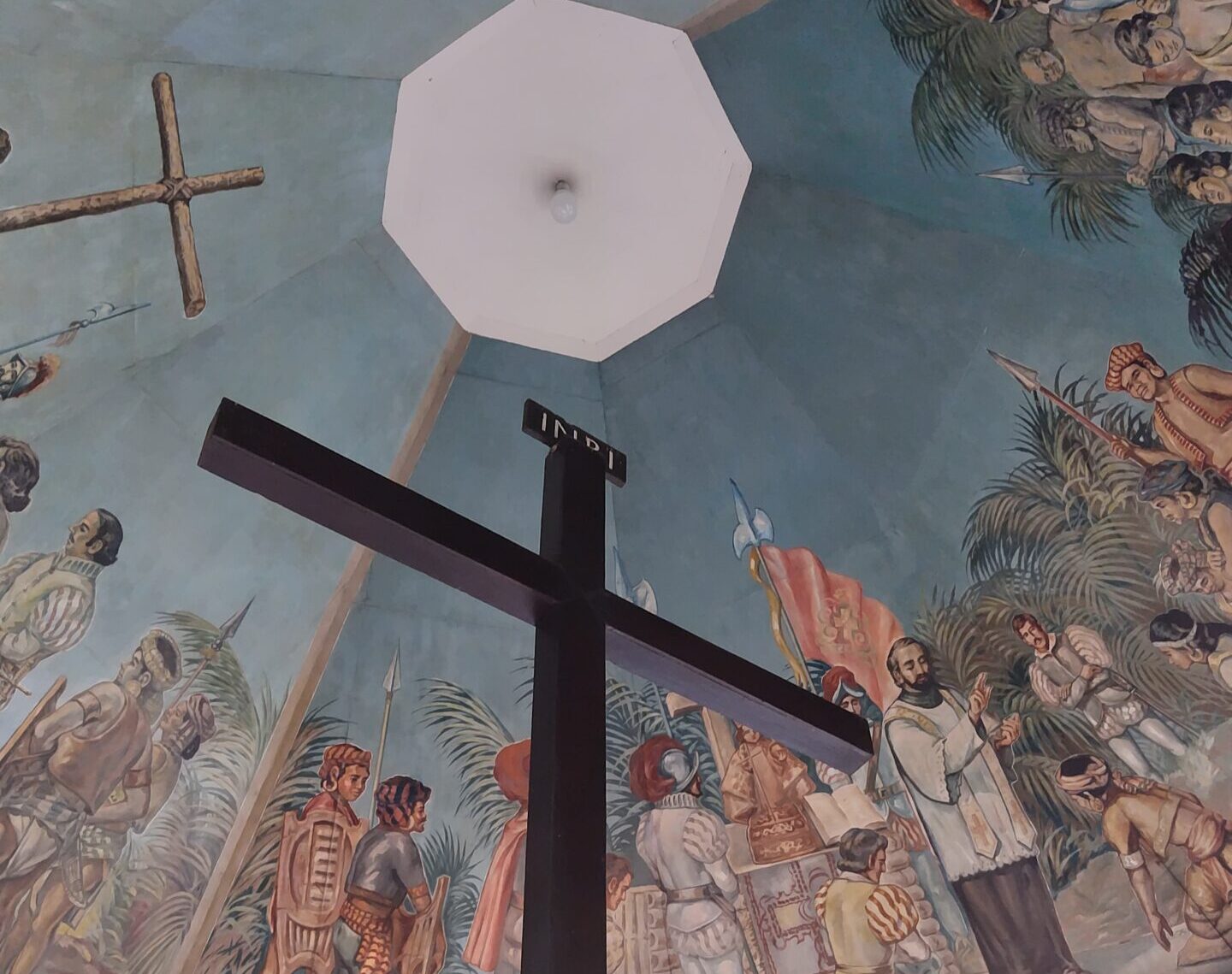Magellan’s Cross, Santo Niño Church, and Fort San Pedro are iconic tourist attractions in Cebu. Given their close proximity, many visitors choose to see all three at once. This article provides a guide based on my personal visit to Cebu in November 2023.
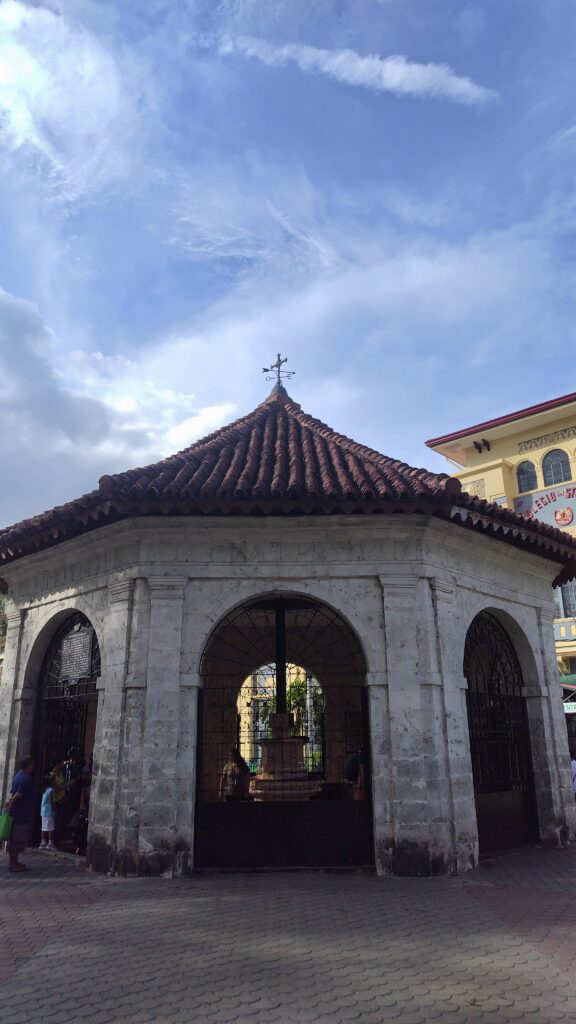
Magellan’s Cross
Introduction
Why are there sites related to Magellan in Cebu?
Who Was Magellan?
Ferdinand Magellan was one of the most prominent explorers of the Age of Discovery in the 16th century. Born in Portugal, he achieved the historic feat of circumnavigating the Earth for the first time, with the support of King Charles I of Spain.
Magellan’s Voyage
In 1519, Magellan set sail from Spain with a fleet of five ships. His objective was to find a new western route to the Moluccas (Spice Islands) to transport spices back to Spain.
- Discovery of the Strait of Magellan: He discovered the Strait of Magellan at the southern tip of the South American continent, which was later named after him. Passing through this strait allowed him to enter the Pacific Ocean.
- Crossing the Pacific: After passing the Strait of Magellan, he crossed the Pacific Ocean. During this period, his crew suffered greatly from lack of food and water, with many losing their lives.
- Arrival in the Philippines: After crossing the Pacific, he reached the Philippine islands. However, he became embroiled in conflicts with the local people and was killed in battle.
- Completion of the Circumnavigation: After Magellan’s death, only one ship from the fleet remained, and his subordinates managed to return to Spain. The success of this voyage proved that the Earth was round and significantly reshaped the world map.
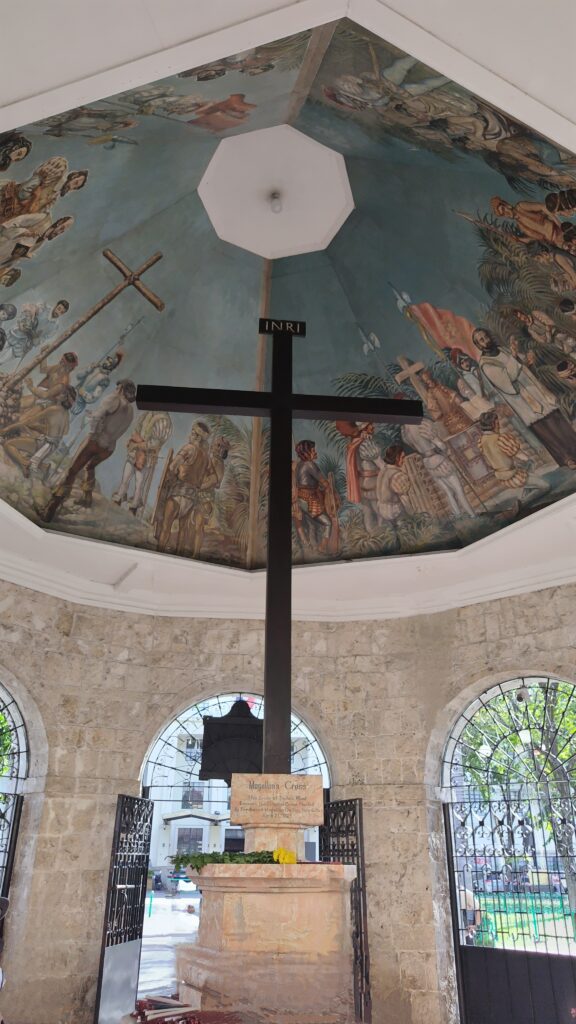
Magellan’s Achievements and Aftermath
Magellan’s voyage greatly contributed to the development of geography and astronomy. It also led to the expansion of Spanish colonies, profoundly changing the course of world history.
However, Magellan’s voyage also involved conflicts with indigenous people and the sacrifice of many sailors. After subjugating Cebu Island and forcing its conversion to Christianity, Magellan made similar demands on Mactan Island but was killed in the Battle of Mactan against Lapulapu, the Muslim chieftain of the island.
Currently, his legacy is complex, with both positive and negative evaluations coexisting.
Positive Assessments
- Introduction of Christianity: Magellan is historically credited with introducing Christianity to Cebu Island. Today, Cebu is one of the most Catholic regions in the Philippines, and Magellan’s missionary efforts are seen by some as laying its foundation.
- Establishment of Relations with Spain: Magellan’s voyage initiated relations between Spain and Cebu Island, leading to later Spanish rule.
- Historical Heritage: The Santo Niño image brought by Magellan to Cebu is still enshrined in Santo Niño Church and is revered by many devotees.
Negative Assessments
- Invader: Magellan is sometimes viewed as a symbol of European aggression in Asia. His voyage led to later colonial rule and cultural assimilation, significantly impacting Cebu’s traditional culture.
- Conflict with Indigenous People: Magellan engaged in armed conflict with the indigenous people of Cebu, resulting in many casualties. For this reason, some perceive Magellan as an invader.
The Fate of Magellan’s Cross
Although Magellan erected the original cross, over many years, pieces of it were taken away by people. The cross you see today is a replica. Fragments of the original are preserved inside the church. Magellan’s Cross is a significant historical relic symbolizing the beginning of the propagation of Christianity in the Philippines.
Santo Niño Church (Basilica del Santo Niño)
Santo Niño Church, built by the Spanish in 1565, is the oldest church in the Philippines. It enshrines the Santo Niño, a statue of the Child Jesus, and attracts many devotees. The Santo Niño is one of Cebu’s patron saints, and the Sinulog Festival, held annually on the third Sunday of January, is one of the largest religious events in the Philippines celebrating the Santo Niño.
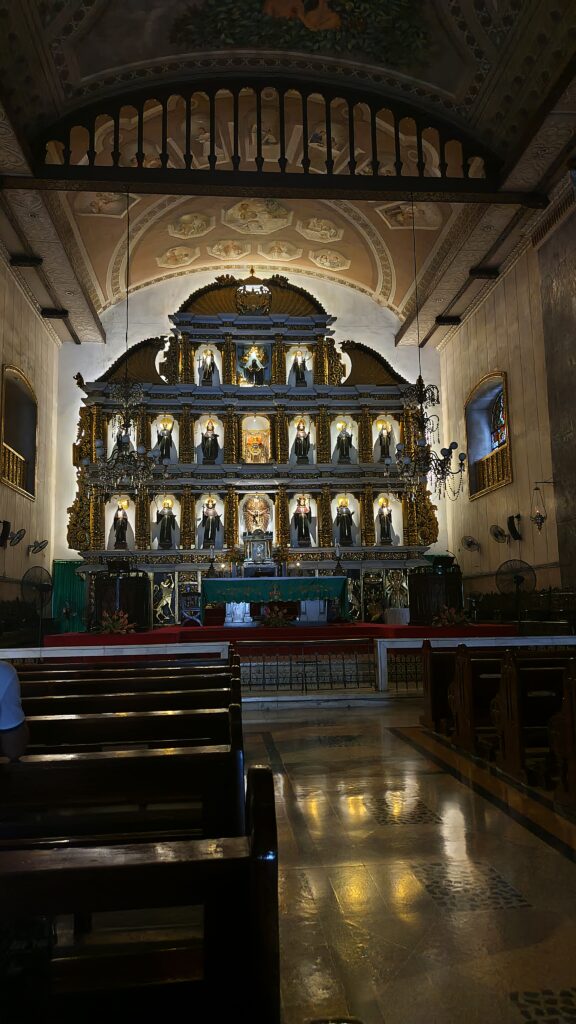
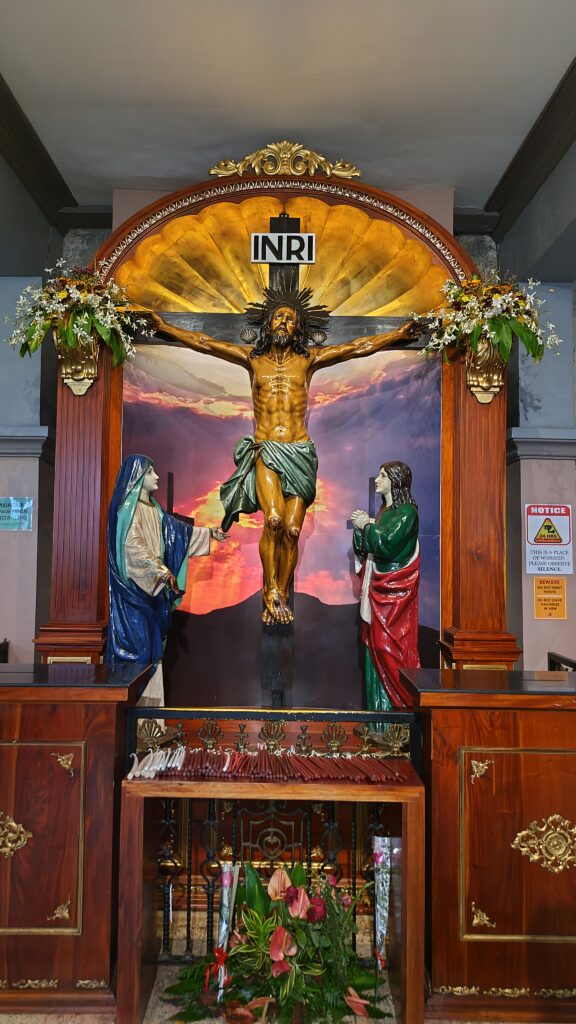
Candle Vendors
Around Magellan’s Cross and Santo Niño Church, you’ll find many women selling candles. There are candelabras in front of the church where you can offer the candles you’ve purchased. If you buy a candle, they will also sing a prayer song for you.
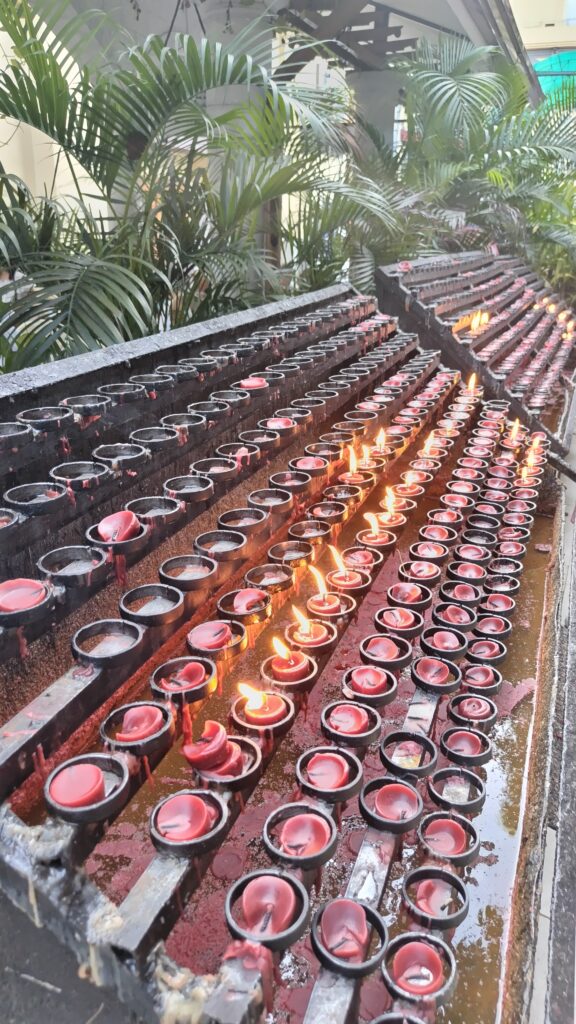
Fort San Pedro
The Oldest Fort in the Philippines
Construction of this fortress began in 1565 during the Spanish colonial period and took about 200 years to complete. It is known as the oldest fort in the Philippines.
History and Role of Fort San Pedro
- Spanish Colonial Fort: Fort San Pedro was built by the Spanish after their conquest of Cebu Island to defend against attacks from Muslims and pirates. It features a sturdy triangular bastion design and played a crucial role as a defensive stronghold for Cebu.
- Diverse Roles: Throughout its history, Fort San Pedro has served various purposes, including a prison, barracks, and sometimes even the governor’s residence. It is an indispensable site for understanding Cebu’s history.
- Modern-Day Retreat: Today, Fort San Pedro is open to the public as a museum and is a popular spot for history enthusiasts and many tourists alike. Numerous historical documents and exhibits showcasing its past are displayed within the fortress.
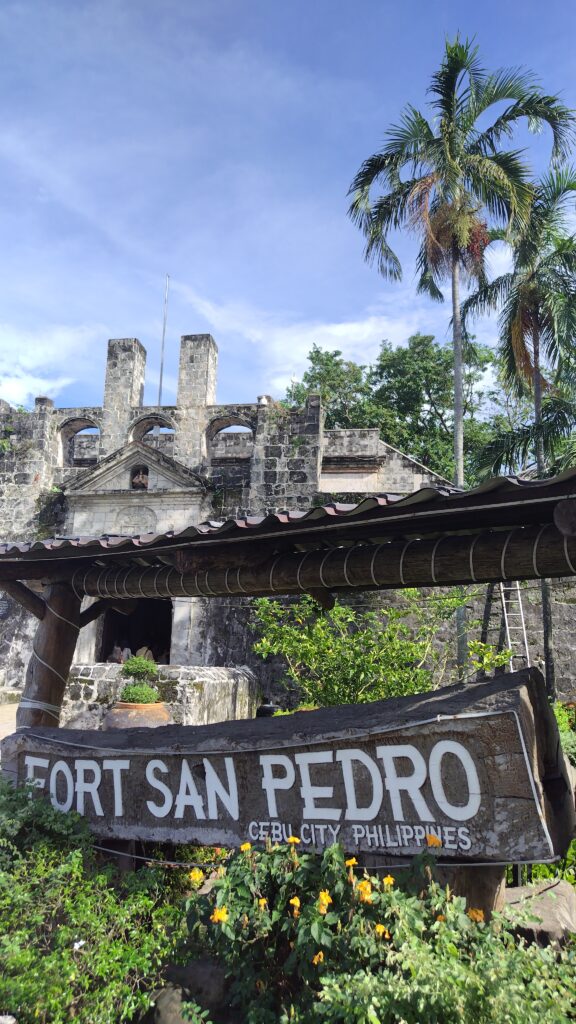
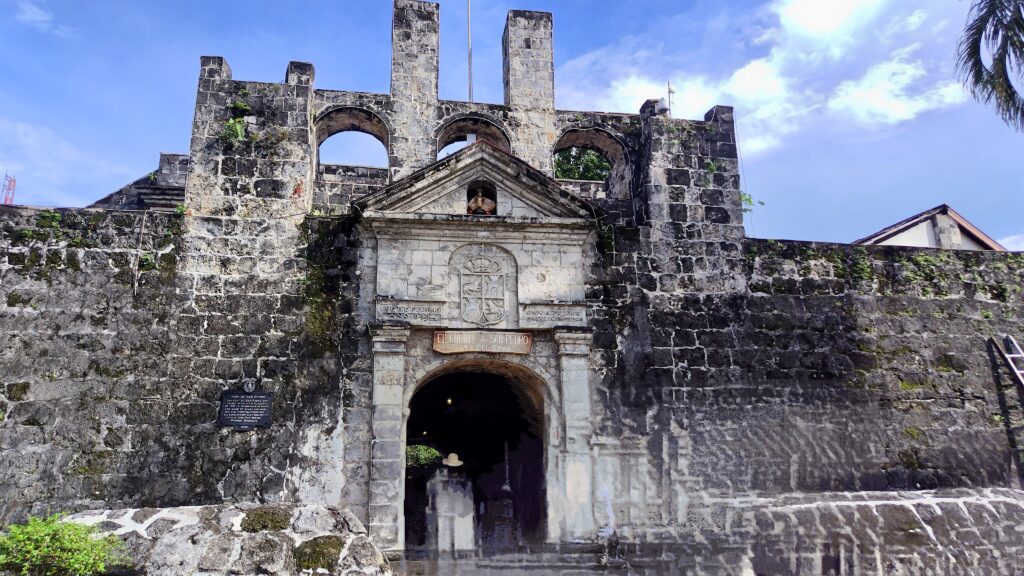
Conclusion
Although the Philippines, including Cebu Island, was colonized by Spain and forcibly converted to Christianity, the reality today is that the vast majority of its citizens are Catholic. Magellan’s Cross and Santo Niño Church have now become places of worship for believers.
Magellan’s Cross and Santo Niño Church are adjacent to each other, and Fort San Pedro is also within walking distance. If you have the opportunity to visit Cebu, it would be a great experience to visit these sites and reflect on world history.

